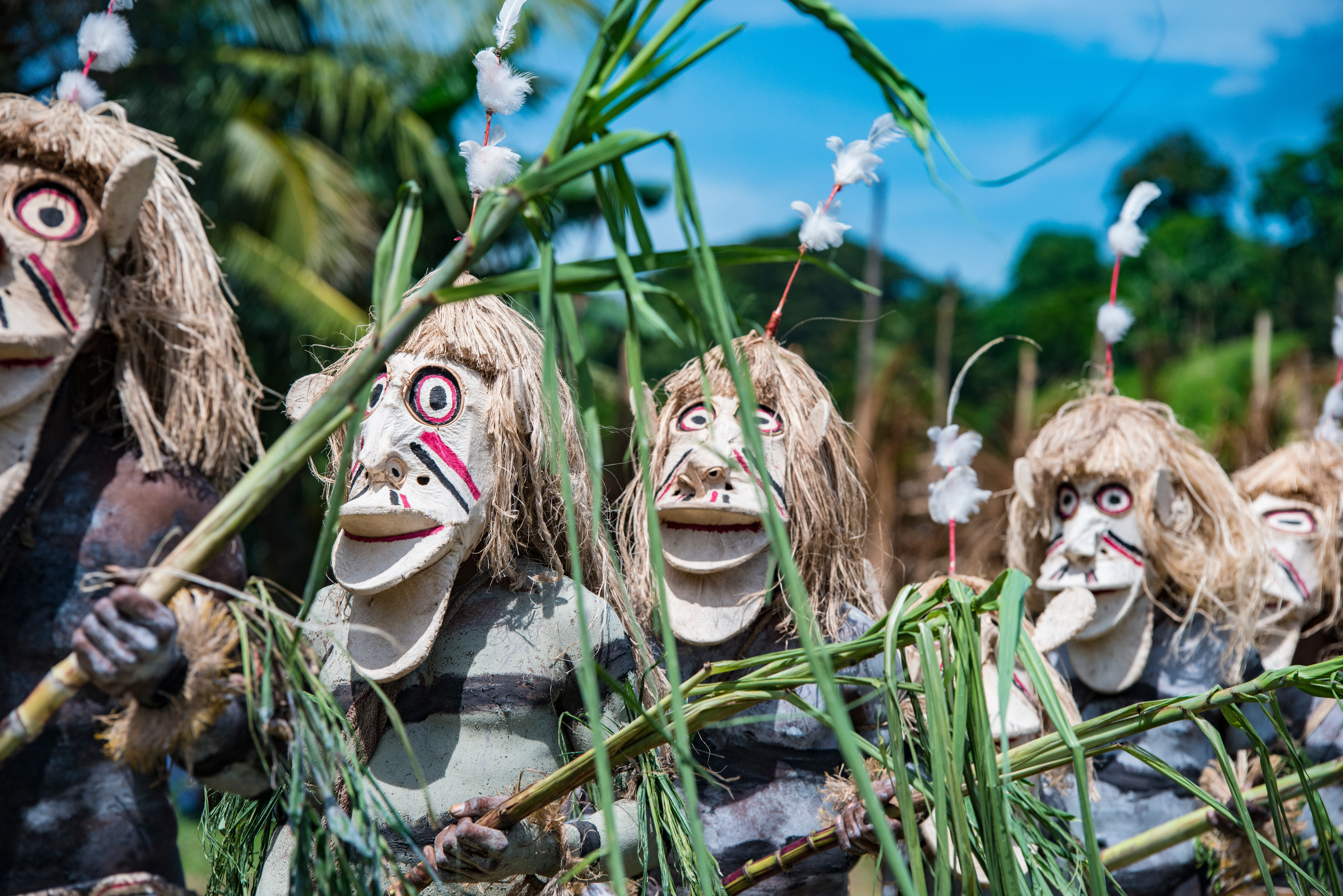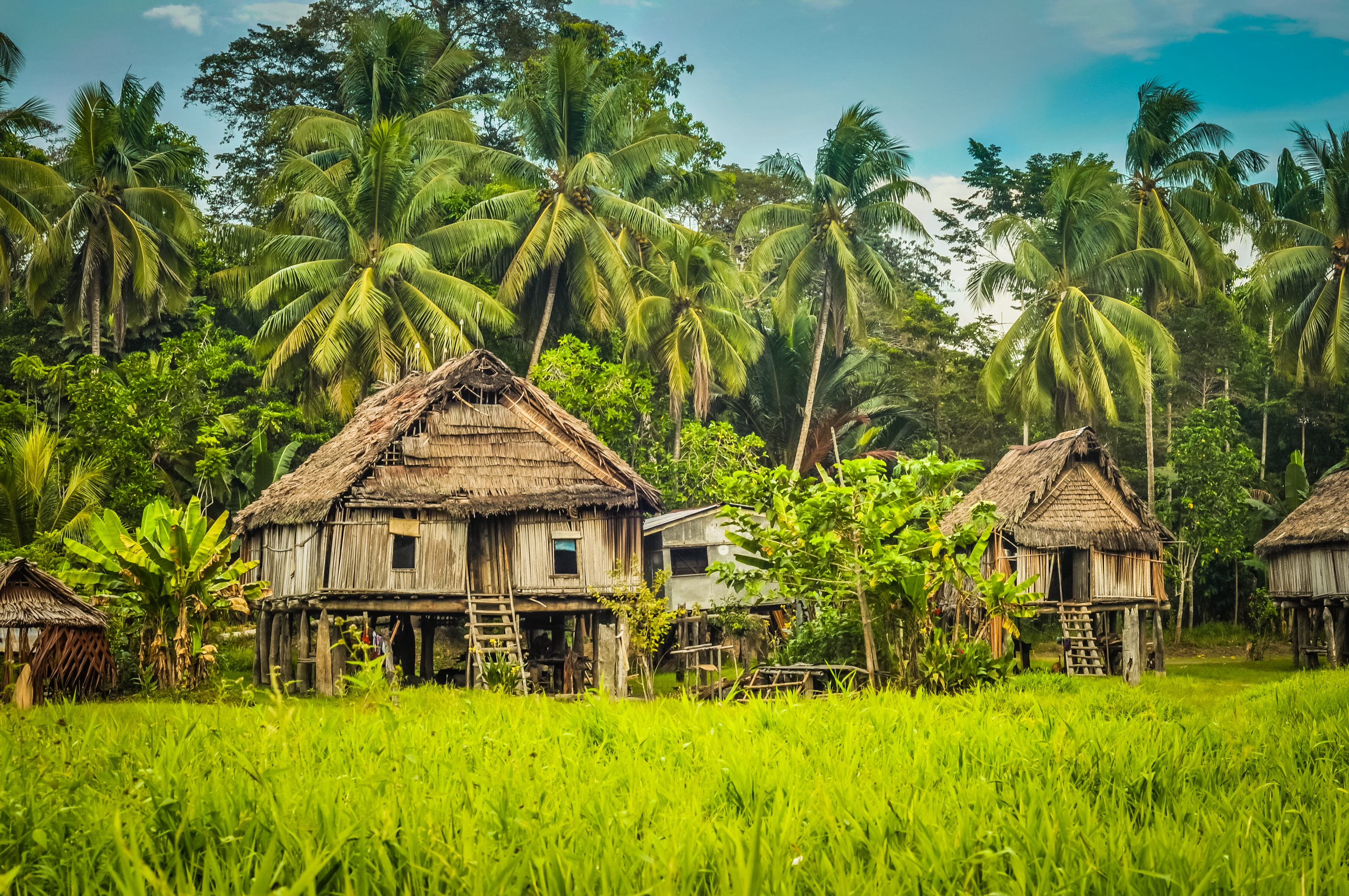Yes. US and Canadian citizens need a visa to enter Papua New Guinea. Tourist visas can be applied for online before travel and are typically valid for up to 60 days. Your passport must be valid for at least six months beyond your arrival date, with at least one blank page for entry stamps. If you plan to visit remote regions or participate in cultural events, additional local permits may be required—your tour operator can assist.
Discover Tailor-Made Papua New Guinea Vacations
A land of vibrant cultures, unspoiled landscapes, and unforgettable wildlife encounters.
Papua New Guinea offers raw natural beauty and deep cultural traditions. Trek through lush highlands, dive into coral reefs, cruise the Sepik River, or witness tribal festivals. It’s a destination for travellers seeking both adventure and authentic connection with one of the world’s most diverse cultures.
Featured Highlights
- Witness tribal festivals alive with dance, masks, and colour
- Trek rugged highlands and discover remote mountain villages
- Dive and snorkel in coral reefs teeming with marine life
- Cruise the Sepik River and explore traditional stilt houses
- Experience diverse cultures with over 800 languages spoken
- Spot exotic birdlife, including the bird of paradise in the wild
Featured Papua New Guinea Trip Ideas
Journey into a land of culture, wildlife, and wild landscapes.A trip to Papua New Guinea is unlike any other. Explore colourful tribal gatherings, discover ancient traditions passed down for generations, and experience a way of life unchanged for centuries. Beyond the cultural immersion, the country offers spectacular adventures—snorkelling and diving among pristine coral reefs, trekking through untouched rainforests, and cruising rivers that wind through remote villages. With over 800 languages spoken, every encounter reveals a unique story, making Papua New Guinea a place where every traveller leaves with lasting memories.
Papua New Guinea: Wild Rivers & Highland Warriors
Port Moresby, Mount Hagen, and Sepik RiverPapua New Guinea: Wildlife and Wilderness
Port Moresby and Mount HagenPapua New Guinea: Highland Tribes & Scenic Peaks
Papua New Guinea Sepik Spirit River Cruise
Sepik RiverCultural Encounters of New Guinea
Port Moresby and Mount HagenThis 8-day Papua New Guinea vacation takes you into the bush to visit remote villages, encounter Indigenous cultures, and gain insight into live as it’s been lived for thousands of years. It features moderate accommodations, and shared tours, and is...
New Guinea's Hidden Wonders
Mount HagenThis 8-day Papua New Guinea vacation takes you to the remote highlands and waterways of this frontier nation. It features moderate accommodations, shared tours, and is great for travellers who want to go far beyond the tourist trails.
Your journey...
Don't see the
perfect trip idea?
Request a custom quote.
Turn your travel dreams into reality with Goway. Our customized vacations take travellers to all corners of the world.
What do Goway's travellers say?
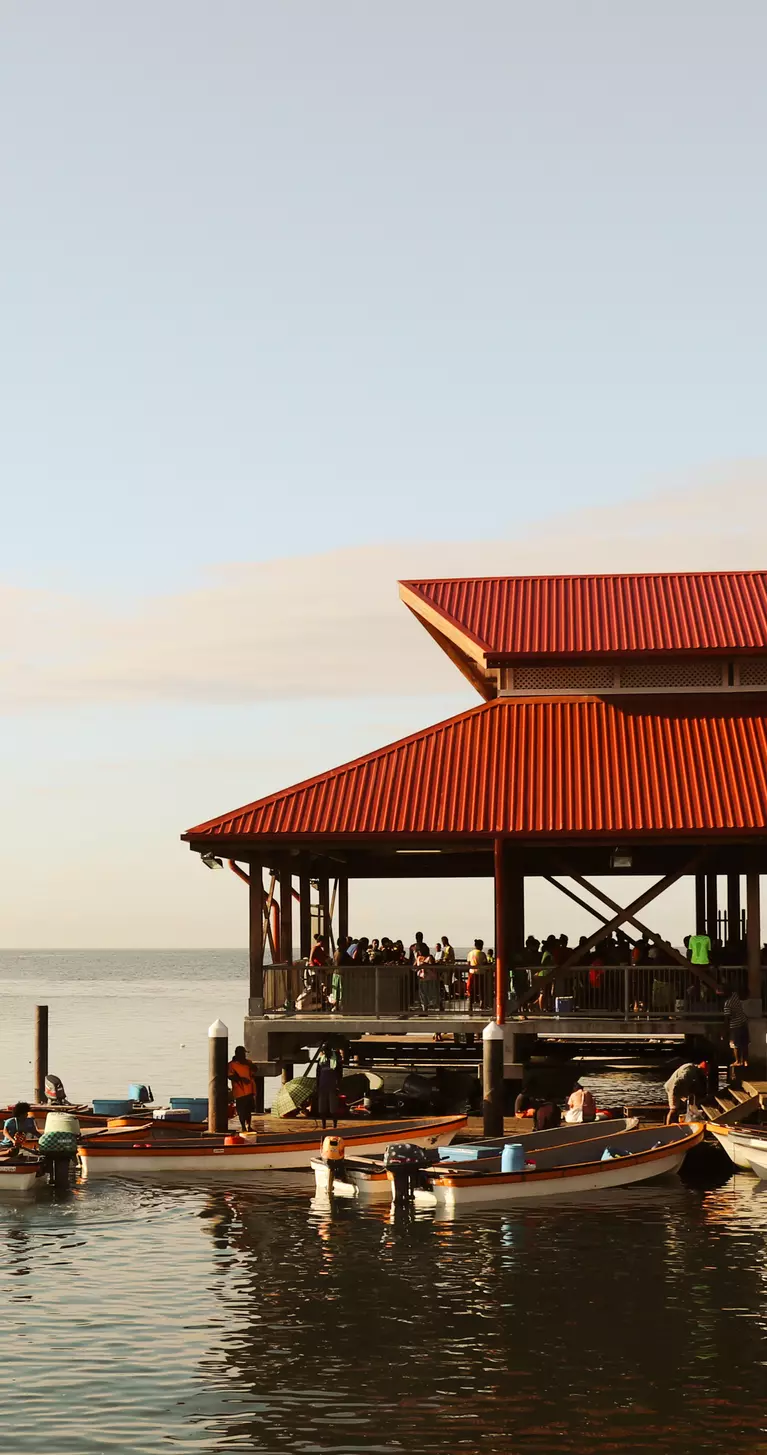
Get to know Papua New Guinea before you go.
Best Time to Visit
The dry season from May to October is the perfect time to discover Papua New Guinea on foot. Trails are at their most accessible, skies stay clear, and warm days make it easier to enjoy the country’s dramatic mountains, thick rainforests, and remote valleys without the challenge of heavy rainfall.
During these months, daytime temperatures sit comfortably in the mid to high 20s, though nights can become cool in higher altitudes. July and August bring slightly fresher conditions, so trekkers planning to explore the highlands should carry a few warm layers alongside a reliable rain jacket. These months are particularly rewarding for anyone seeking a mix of outdoor adventure and cultural immersion.
In mid-July, East New Britain hosts one of the country’s most remarkable celebrations. The Warwagira and Mask Festival takes place on Kokopo Beach, bringing together mask cultures from across the islands. The opening Kinavai Ceremony at dawn is unforgettable, as dancers in elaborate masks arrive by canoe to greet the sunrise. Throughout the festival, visitors are treated to dynamic performances, intricate rituals, and art displays that highlight the diversity of Papua New Guinea’s traditions. Among the most dramatic spectacles are the fire dances of the Young Baining men, who leap barefoot through towering flames in feats of astonishing courage.
Choosing to travel between May and October means experiencing the best trekking conditions while also having the chance to witness one of Papua New Guinea’s most vibrant cultural events. It is a season that combines the thrill of the trail with a deep connection to the country’s living traditions.
Places To Go
Handcrafted journeys to our most popular places to visit in Papua New Guinea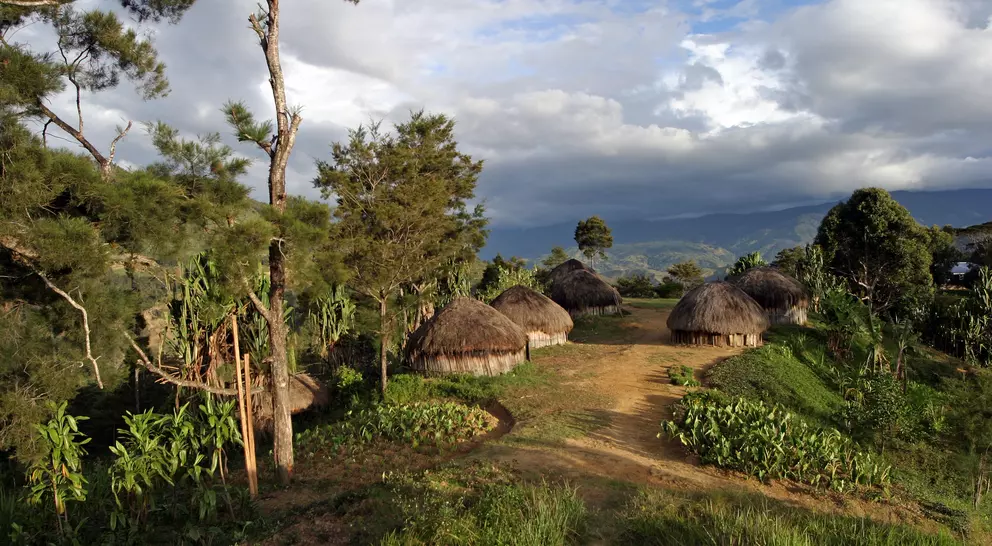
Mount Hagen
Mount Hagen, Papua New Guinea’s third largest city is a bustling urban centre in the Wahgi Valley....
Mount Hagen, Papua New Guinea’s third largest city is a bustling urban centre in the Wahgi Valley. It is also the capital of the Western Highlands Province and was named after an extinct volcano...
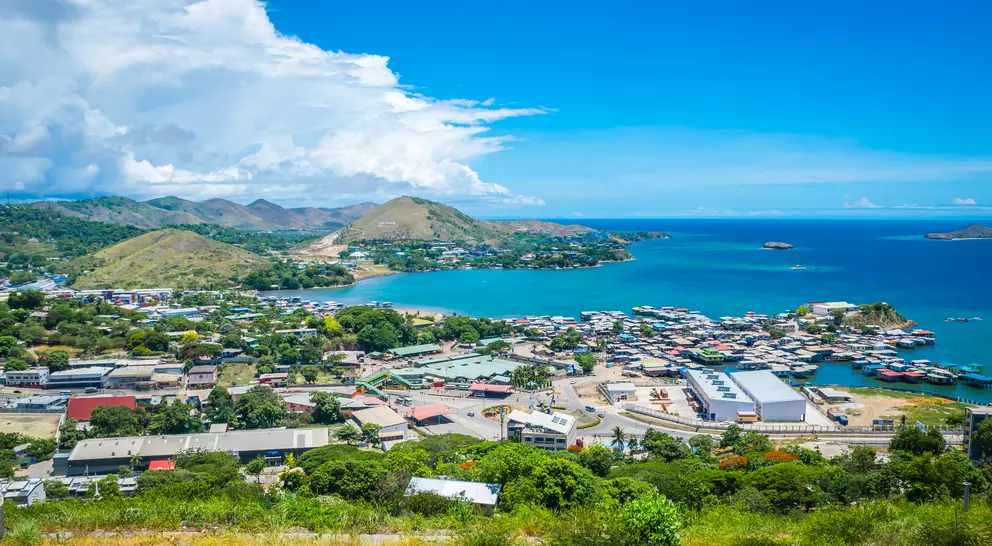
Port Moresby
Port Moresby, named after an English seafaring captain, one John Moresby and the country’s first...
Port Moresby, named after an English seafaring captain, one John Moresby and the country’s first European visitor, is the capital of Papua New Guinea and the South Pacific’s largest city. It is a...
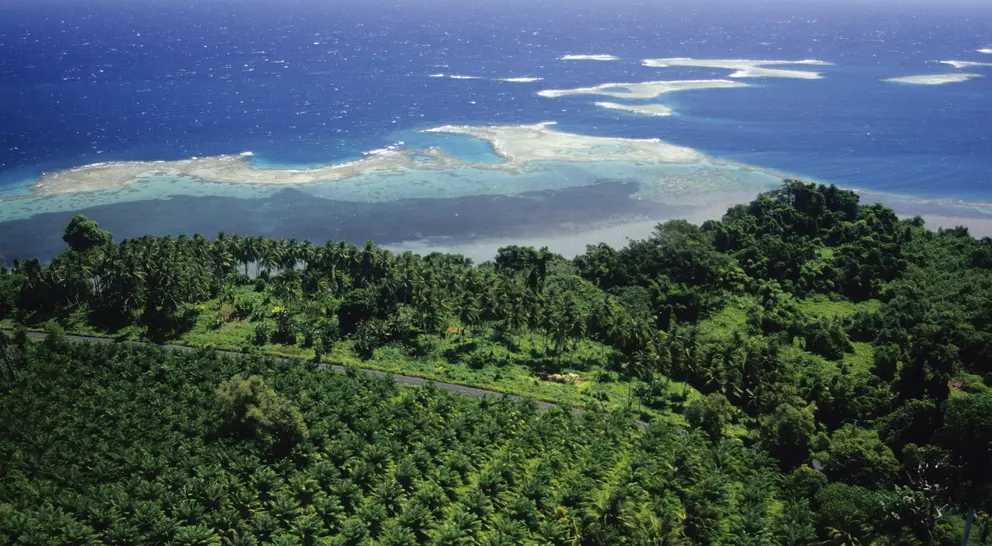
Sepik River
The Sepik River Region is a vast grassland reserve. The Sepik River is one of the great rivers in...
The Sepik River Region is a vast grassland reserve. The Sepik River is one of the great rivers in the world and the longest in the country. It flows through swamplands, mountains and rainforests and...
Travel Styles
Explore Papua New Guinea by Travel Type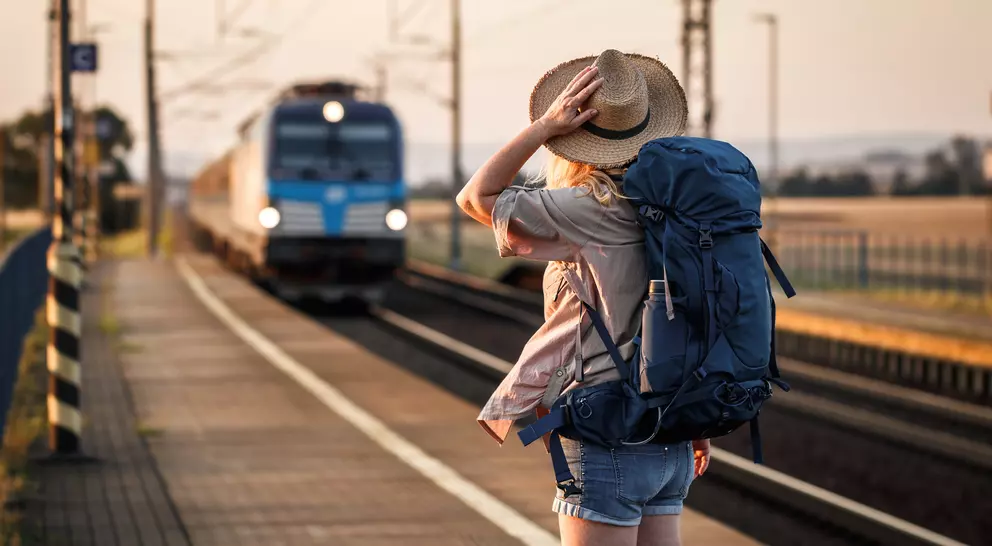
Ways to Travel
Discover your perfect travel style—crafted for every dream and journey.
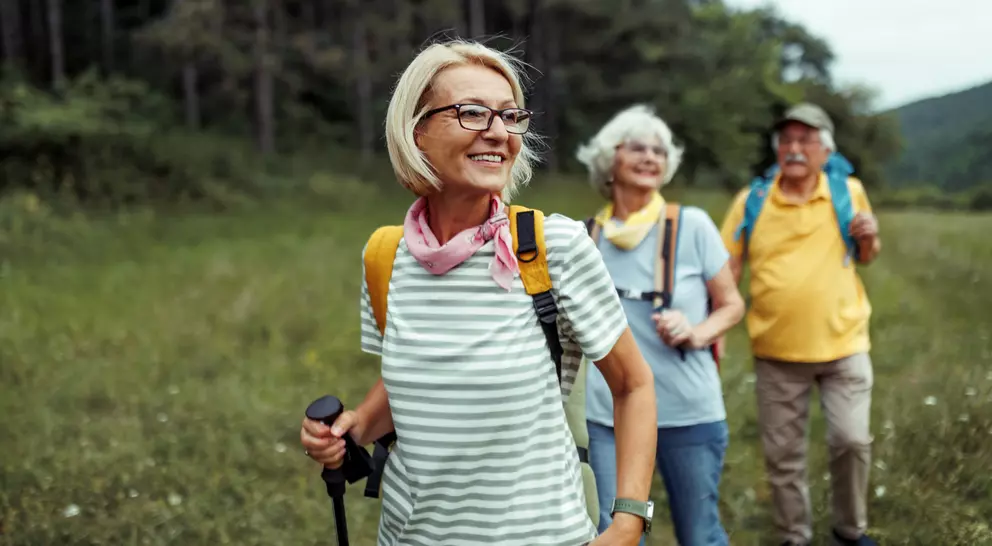
Themes
Immersive adventures shaped by passion, such as food, culture, wellness, and wild discovery.

Ways to Travel
Discover your perfect travel style—crafted for every dream and journey.

Themes
Immersive adventures shaped by passion, such as food, culture, wellness, and wild discovery.
Frequently Asked Questions
Do I need a visa or special permits to enter Papua New Guinea?
What language is spoken locally? How widely is English understood in Papua New Guinea?
Papua New Guinea has remarkable linguistic diversity, with over 800 local languages. The official languages are English, Tok Pisin (Pidgin English), and Hiri Motu. English is widely used in cities, hotels, and among guides, but in rural areas, Tok Pisin is more common. Locals are friendly and patient with visitors, often switching languages to communicate clearly.
What are the must-see attractions in Papua New Guinea?
Port Moresby, the capital, offers an introduction to local culture at the National Museum and Paga Hill. In the highlands, the towns of Goroka and Mount Hagen host colourful cultural festivals where tribes showcase traditional dress, song, and dance. Divers and snorkellers will find some of the world’s richest marine life around Milne Bay and Kimbe Bay. Trekking the Kokoda Track offers a challenging journey through history and rainforest, while the Sepik River reveals intricate carvings and vibrant village life.
Is Papua New Guinea safe? What should I keep in mind while travelling there?
Papua New Guinea can be safe with proper preparation. Petty theft and occasional local tensions occur, especially in Port Moresby and certain rural areas, so travel with an experienced guide and avoid going out after dark. Roads are limited, and weather can disrupt flights or boat travel—flexibility is key. Health precautions are important: malaria is present, so bring repellent and seek medical advice on preventive medication.
What's the best way to travel within Papua New Guinea?
Because of the rugged terrain, domestic flights are the main way to move between regions. Airlines connect Port Moresby to Goroka, Mount Hagen, and coastal areas. Boat transport is common along rivers and island chains. In rural areas, 4x4 vehicles are essential, often arranged through tour operators. Public transport is limited and generally not recommended for visitors.
What Papua New Guinean cultural customs should I be aware of?
Respect and politeness are essential. Always ask before taking photos, especially in villages or during ceremonies. Dress modestly, covering shoulders and knees outside resorts. Handshakes are common, and gifts are appreciated when visiting communities—your guide can advise on what’s appropriate. Avoid discussing politics or land ownership, which can be sensitive topics.
What should I wear/pack for Papua New Guinea’s climate?
Papua New Guinea has a tropical climate with high humidity and frequent rain. Lightweight, breathable clothing works best, along with a waterproof jacket. For hiking or rural visits, bring sturdy shoes or boots and quick-drying fabrics. A hat, sunscreen, and insect repellent are musts. The highlands can be cool at night—pack a sweater or fleece for evenings, and bring extra batteries or power banks for remote areas.
Unlock more by subscribing to our newsletter
With our newsletter, you’ll get access to regular communications that inspire you and help you explore the world your way



